When it comes to reading, I am a bit of a Francophile, especially when it comes to champagne and champagne stories. I love snuggling up with a good book when I can find the time, and during summer in Australia, I like to take some extra days off and have some lazy days in the sun while I immerse myself in a novel. And what better novels to do that with than the ones that are stories about my favourite things!
I’ve recently finished reading Madame Pommery: Creator of Brut Champagne by Rebecca Rosenberg. I am familiar with Madame Pommery’s story having done quite a bit of research on her for our blog Celebrating Madame Pommery, and when creating our Champagne 101 Masterclass, I had the pleasure of interviewing the Australian-based ambassador for Champagne Pommery, which is one of the highlights of this Masterclass in our Bubbly Appreciation Course.
As familiar as I am with her story, any interesting historical research relies on our imagination to fill in the details of what the times must have been like. Her contribution in creating the first brut style champagne is epic enough. Add to that becoming a widow with two children, surviving the Champagne region as a war zone, taking a small fledgling champagne business and creating an empire. Rebecca Rosenberg weaves these historical facts into a beautiful romance novel. If you want to drift off into the imaginary world of Champagne, I highly recommend adding this to your summer reading list!
Madame Pommery: Creator of Brut Champagne (Champagne Widows Novels)
1860, Reims, France. Grief hangs heavy, threatening to drown Alexandrine Pommery’s future. Widowed and burdened, she could easily succumb. But a spark ignites within her and she dares to dream of a champagne unlike any other – a dry, crisp masterpiece instead of the traditional sugary sweet champagne. Scoffs meet her vision – ‘Who would drink such a thing?’. But Alexandrine’s spirit is unyielding. In the vineyards, she coaxes grapes to their peak. In the cellars, she experiments. Each trial, each misstep, fuels the fire of her creation – Pommery Brut, a champagne as dry as her resolve, yet bubbling with rebellion.
The Franco-Prussian War shatters the peace in 1870. Son and crew march off, leaving Alexandrine to train women her revolutionary methods. But the Prussian invasion steals all hope, as the army pillages her cellars of precious Brut. Alexandrine refuses to be a victim. She excavates secret caves under the city dump, and hides her champagne from the enemy. Her cellars become a refuge, not just for bottles, but for the French resistance.
To make matters more complicated, two men offer her their love. One, too young, improper, perhaps even scandalous. The other, a Scottish Baron, promises a castle and title, and a life beyond the relentless toil of champagne. Now torn between two men, Alexandrine must find the courage to forge her own path of legacy or love.
Uncork the secrets and taste the audacity of a widow’s dream, and the unwavering spirit of Madame Pommery.
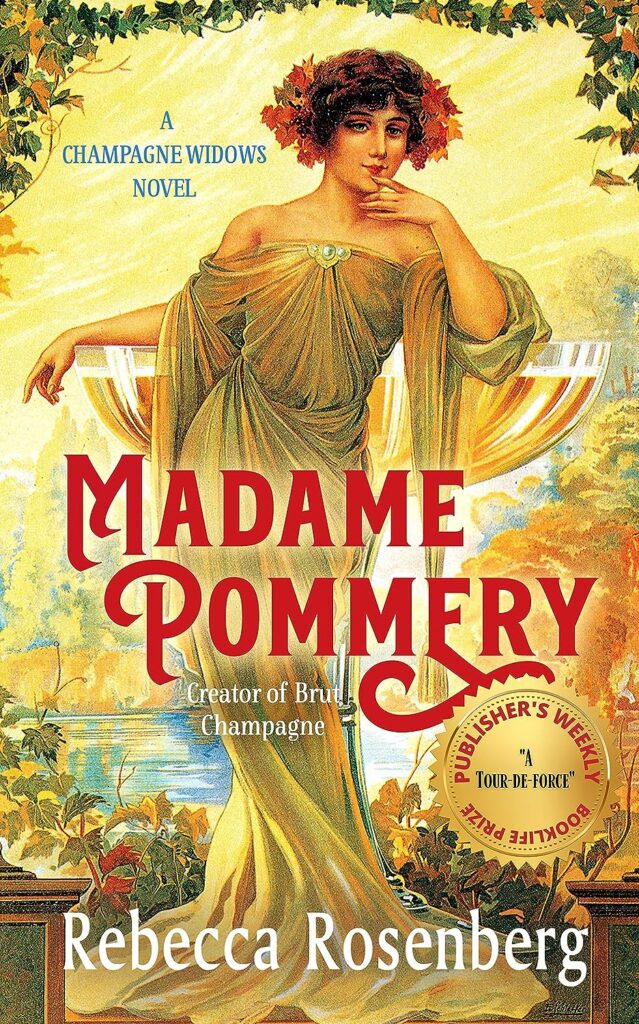
You can order your copy on the Amazon link here.
I’ve just discovered that there is another novel in Rebecca Rosenberg’s ‘Champagne Widows’ series. Another of the great women of Champagne and the original ‘Veuve’. Clicquot precedes Madame Pommery and is known not only as the first woman of Champagne, but also the first businesswoman of France. I loved discovering all about her when I researched our blog Cheers to the Widow Clicquot!
I’ve just ordered a copy of this earlier novel by Rosenberg, and I am looking forward to creating some reading time to uncover where her imagination takes us when telling the story of Barbe-Nicole Clicquot’s extraordinary life.
Champagne Widows: First Woman of Champagne, Veuve Clicquot by Rebecca Rosenberg
Reims, France, 1800s. Young widow Barbe-Nicole Clicquot possesses an extraordinary gift: Le Nez, an exquisite sense of smell required to craft the world’s finest champagne. Despite crippling grief and laws against women owning businesses, she negotiates a way to take over her late husband’s struggling winery.
Napoleon’s Code shackles her with business restrictions, his wars strangle the economy, and competitors block her every step. Yet, Barbe-Nicole rises like a defiant bubble, confronting prejudice and even clashing with the Emperor himself.
Then, amidst the chaos, love throws a tempting yet perilous curveball: a passionate connection with her sales manager. But marrying him means forfeiting the winery, forcing her to choose between love and her life’s calling.
Will Barbe-Nicole defy the odds and become the first female champagne mogul, or will her dream be crushed by Napoleon himself?
The captivating story of Veuve Clicquot, a woman who dared to rise above treacherous times, personal loss, and an emperor, leaving an indelible mark on the world of champagne.
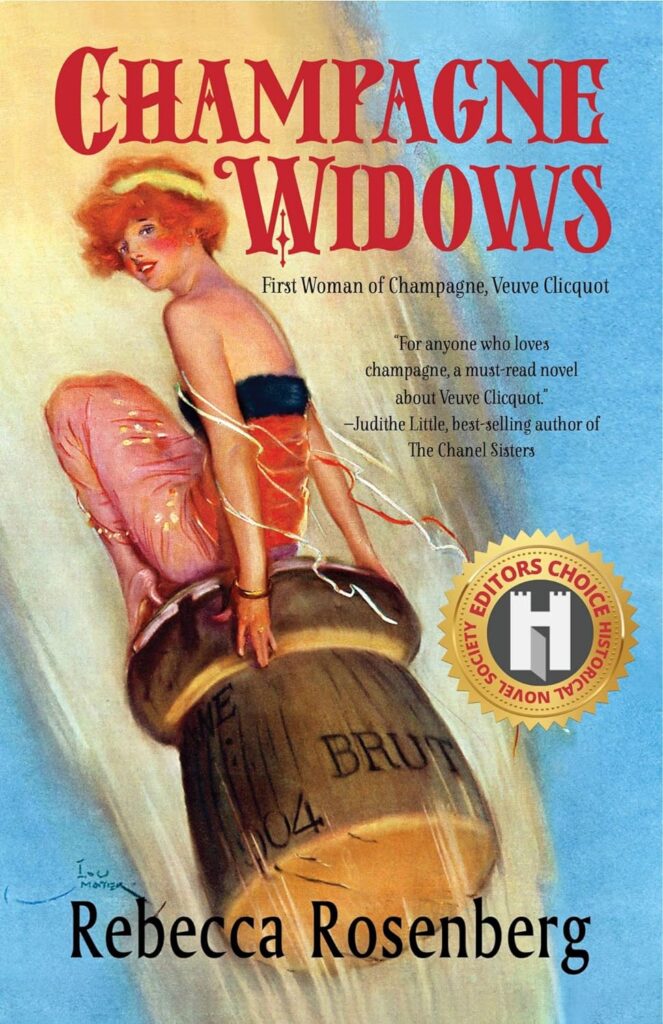
You can order your copy on the Amazon link here.
The Champagne War is one that I discovered through one of my friends on Facebook. Fiona McIntosh is an international multi-best-selling Australian author, and together with her husband Ian, is also well known throughout the tourism industry as publishers of a successful travel trade magazine. It was from one of Ian’s Facebook posts that I learned that Fiona was in the process of writing this book, adding another to her series of successful novels. The story is about a journey of determination to honour the family business and the traditions of Champagne. There is angst and heartbreak, with a bit of glitz in Paris, but the story is mostly set amongst the vineyards of Champagne.
The Champagne War by Fiona McIntosh
In the summer of 1914, vigneron Jerome Méa heads off to war, certain he’ll be home by Christmas. His new bride Sophie, a fifth generation champenoise, is determined to ensure the forthcoming vintages will be testament to their love and the power of the people of Épernay, especially its strong women. But as the years drag on, authorities advise that Jerome is missing, considered dead.
When poison gas is first used in Belgium by the Germans, British chemist Charles Nash jumps to enlist. After he is injured, he is brought to Reims, where Sophie has helped to set up an underground hospital to care for the wounded. In the dark, ancient champagne cellars, their stirring emotions take them both by surprise.
While Sophie battles to keep her vineyard going through the bombings, a critical sugar shortage forces her to strike a dangerous bargain with an untrustworthy acquaintance – but nothing will test her courage more than the news that filters through to her about the fate of her heroic Jerome.
‘A fresh, fabulous tale, meticulously researched, and perfectly executed.’ Better Reading
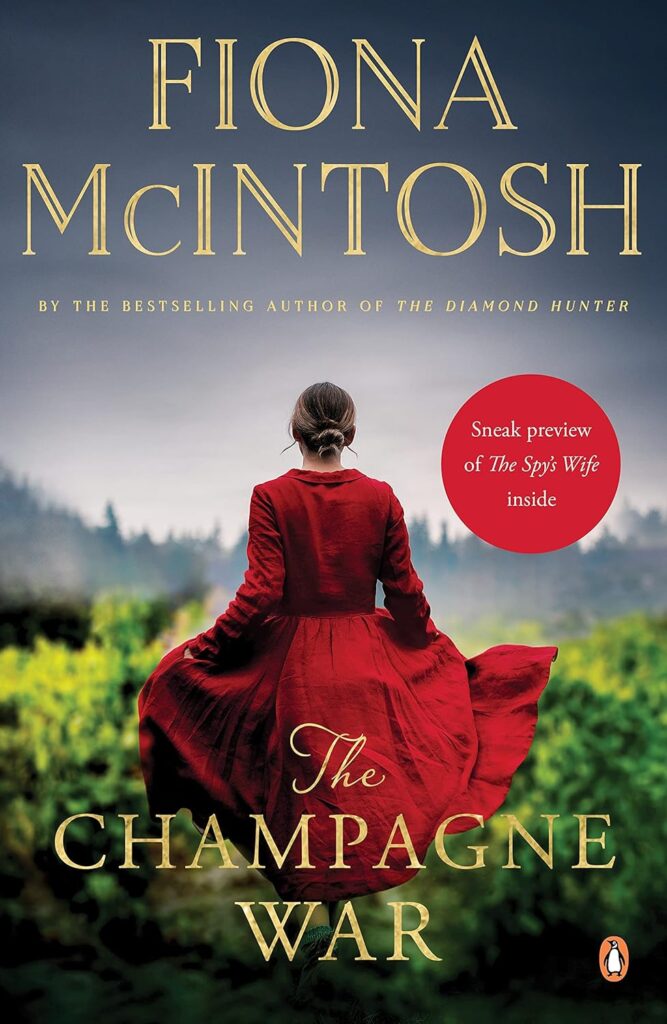
You can order your copy on the Amazon link here.
A Letter from Paris … is a memoir written by my friend Louisa Deasey who, when we first met, was already a best-selling author and just beginning the process of writing this, her second book. It’s not a champagne story as such, but there are mentions of drinking champagne with artists and other writers. It’s an extraordinary story of how she received a letter one day that led to her discovering the life that her father had lived during his time in France after the Second World War. It’s compelling reading.
A Letter from Paris: a true story of hidden art, lost romance, and family reclaimed
by Louisa Deasey
When Louisa Deasey receives a message from a French woman called Coralie, who has found a cachet of letters in an attic, written by Louisa’s father, neither woman can imagine the events it will set in motion.
The letters, dated 1949, detail a passionate affair between Louisa’s father, Denison, and Coralie’s grandmother, Michelle, in post-war London. They spark Louisa to find out more about her father, who died when she was six. From the seemingly simple question ‘Who was Denison Deasey?’ follows a trail of discovery that leads Louisa to the libraries of Melbourne and the streets of London, to the cafes and restaurants of Paris and a poet’s villa in the south of France. From her father’s secret service in World War II to his relationships with some of the most famous bohemian artists in post-war Europe, Louisa unearths a portrait of a fascinating man, both at the epicenter and the mercy of the social and political currents of his time.
A Letter from Paris … is about the stories we tell ourselves, and the secrets the past can uncover. A compelling tale of inheritance and creativity, loss and reunion, it shows the power of the written word to cross the bridges of time.
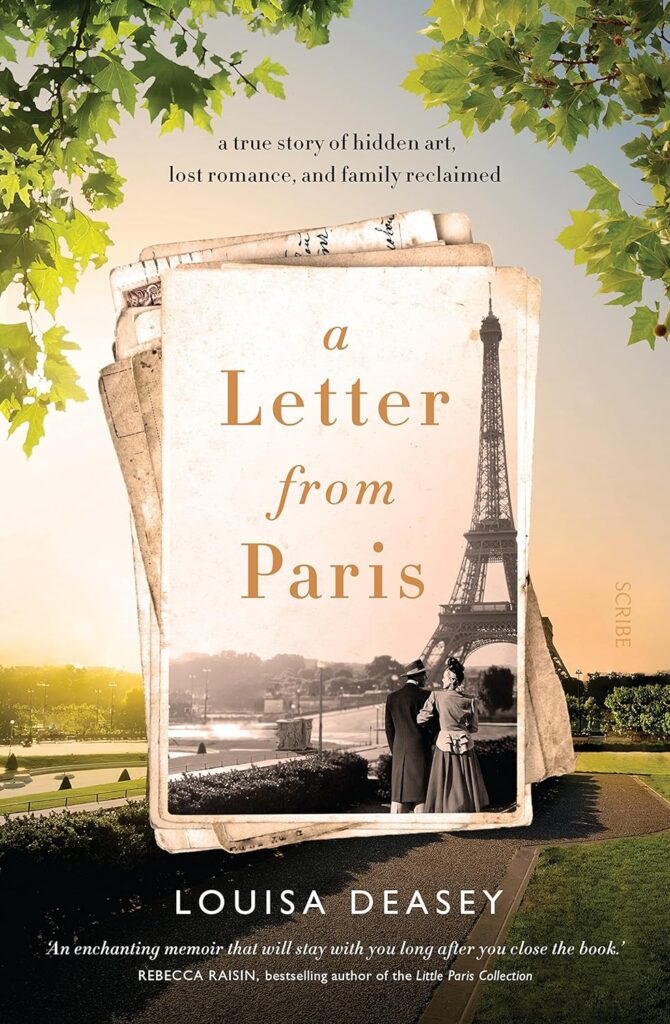
You can order your copy on the Amazon link here.
The Paris Model is one of the books that got me through our COVID lockdowns. It was such a delight to read, immersing myself in these stories of Paris at a time when we couldn’t physically travel there. I loved the contrast of moving from the Australian outback to post-war Paris. I hope you love it as much as I did!
The Paris Model by Alexandra Joel
‘Captivating and evocative’ Tania Blanchard, author of The Girl from Munich
After a shocking discovery, Grace Woods leaves her vast Australian sheep station and travels to tumultuous post-war Paris to find her true identity.
While working as a mannequin for Christian Dior, the world’s newly acclaimed emperor of fashion, Grace mixes with counts and princesses, authors and artists, diplomats, and politicians. But when Grace falls for handsome Philippe Boyer she doesn’t know that he is leading a double life, nor that his past might inflict devastating consequences upon her. As she is drawn into Philippe’s dangerous world of international espionage, Grace discovers both the shattering truth of her origins – and that her life is in peril.
Inspired by an astonishing true story, The Paris Model is a tale of glamour, family secrets and heartbreak that takes you from the rolling plains of country Australia to the elegant salons of Paris.
‘A wonderful, immersive historical novel’ New Idea
‘A charming tale rich with family and fashion’ Belinda Alexandra
‘The cracking plot and the general glamourcarry the reader along’ The Sydney Morning Herald
‘This gorgeous historical is the perfect summer escape. Post-World War 2 Paris literally drips from the page. Grace is a wonderful protagonist and surrounded by well-drawn and often fabulous characters, and Joel’s prose is rich and descriptive. Highly enjoyable.’ Better Reading
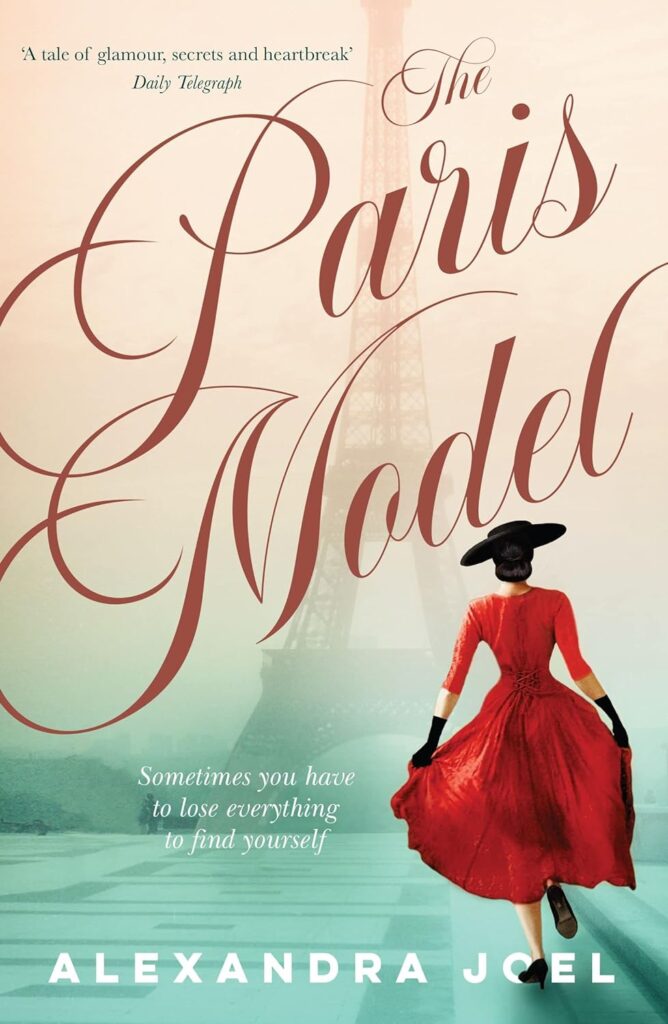
You can order your copy on the Amazon link here.
This book by Tilar Mazzeo, a US wine writer and cultural historian, is the book that I first read on Veuve Clicquot. At the time it was difficult to find much information on her and I read this book cover to cover and then read it again! I credit Tilar in our blog on Cheers to the Widow Clicquot! It is narrative non-fiction storytelling that has been well researched and creates amazing insight into the life of the Widow Clicquot.
The Widow Clicquot: The Story of a Champagne Empire and the Woman Who Ruled It
Veuve Clicquot champagne epitomises glamour, style, and luxury. In The Widow Clicquot …, Tilar J. Mazzeo brings to life – for the first time – the fascinating woman behind the iconic yellow label. Barbe-Nicole Clicquot Ponsardin, who, after her husband’s death, defied convention by assuming the reins of the fledgling wine business they had nurtured together. Steering the company through dizzying political and financial reversals, she became one of the world’s first great businesswomen and one of the richest women of her time.
As much a fascinating journey through the process of making this temperamental wine as a biography of a uniquely tempered woman, The Widow Clicquot … is the captivating true story of a legend and a visionary.
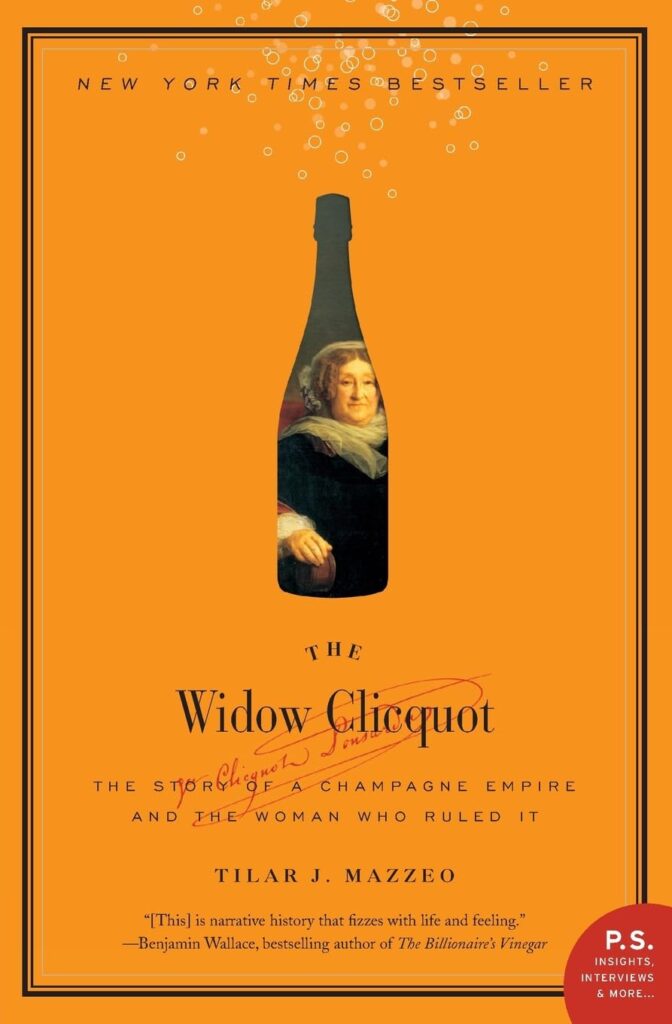
You can order your copy on the Amazon link here.
You can probably find these titles at your local bookstore. To make it easier for you to purchase, we’ve provided Amazon links to all these book titles. As an Amazon Associate, we earn from qualifying purchases, however this doesn’t affect your pricing.
I’d love to hear what you think of any of these books, and perhaps you have some bubbly story recommendations of your own that you would love to share with us?
Like to keep following us, get first look at events, receive bubbly information and be in our giveaway draws and have a chance to win a bubbly prize? You can join our list, it’s FREE to join here.

Natalie Pickett is the Founder of The Bubbles Review which is for people who like champagne and other bubbles, written by people who have a love of all things sparkling! At The Bubbles Review, we like to debunk some myths, make the art of drinking champagne accessible, explore bubbly regions and champagne bars, and provide events for you to join us and indulge.
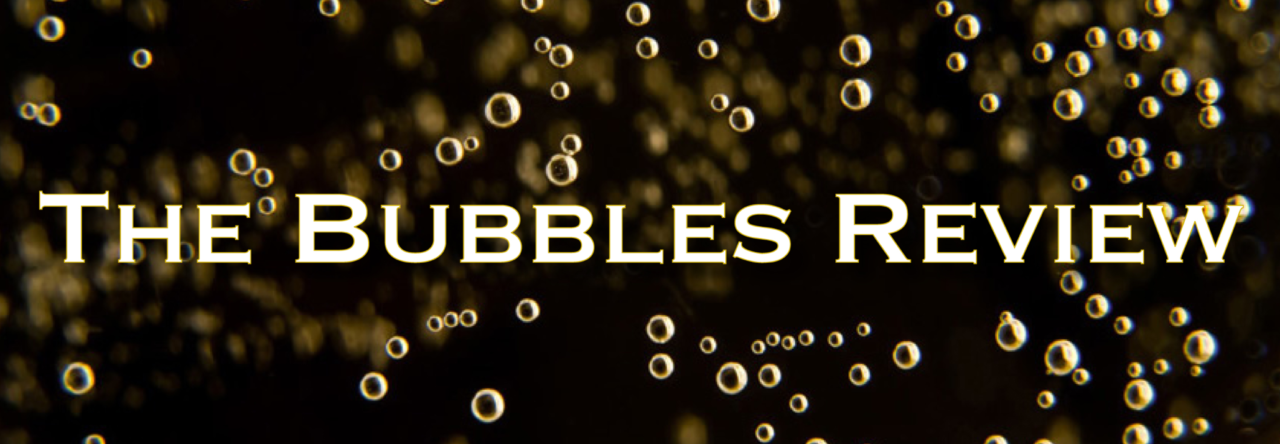
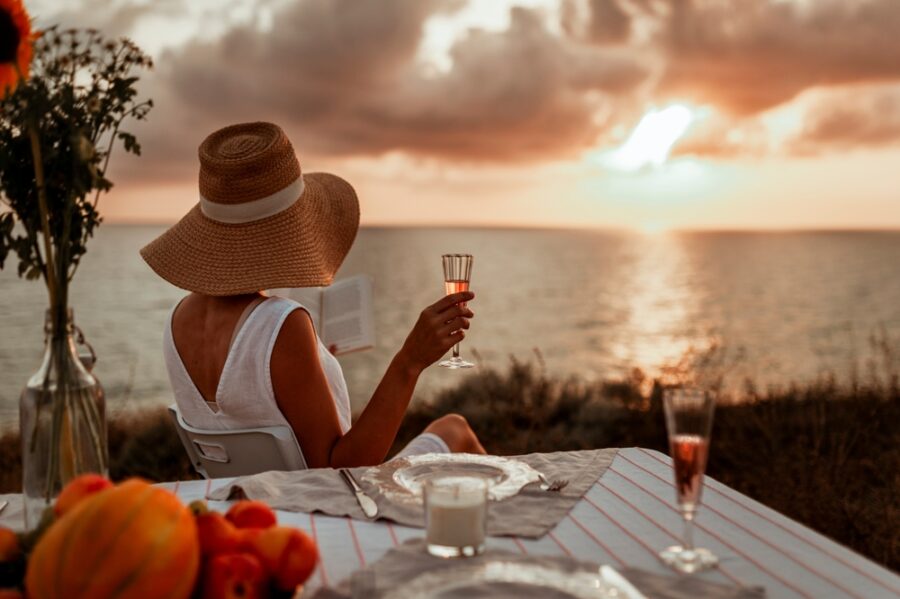
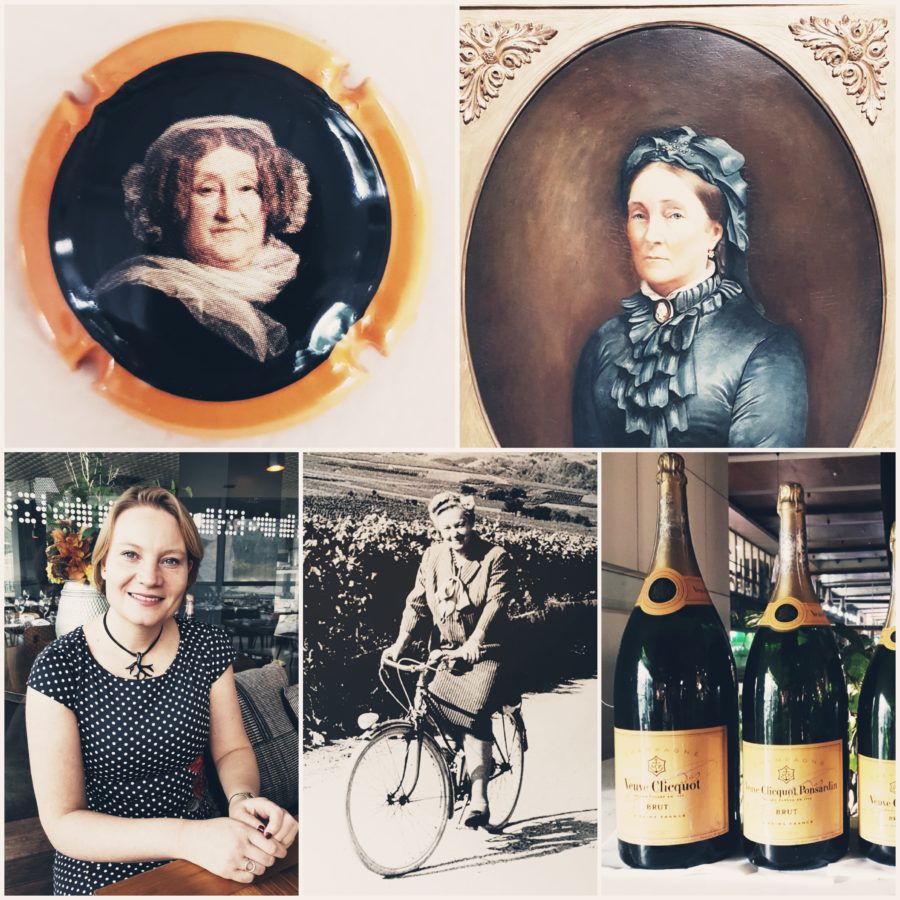

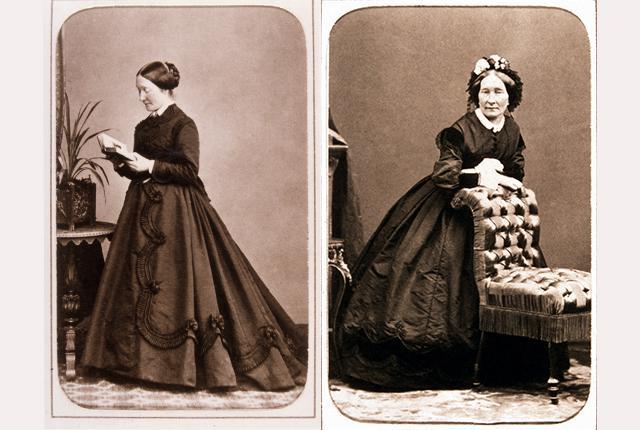
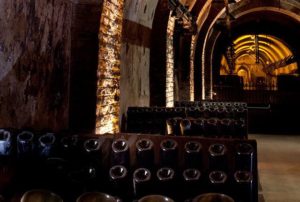 These unique cellars allowed her to store and age thousands of bottles in a temperature-controlled environment (a constant 10°C). Many other Champagne houses would later follow suit.
These unique cellars allowed her to store and age thousands of bottles in a temperature-controlled environment (a constant 10°C). Many other Champagne houses would later follow suit.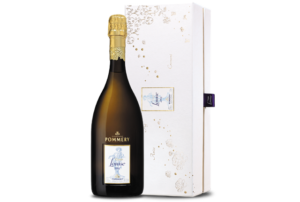 Today, the Pommery brand states that it is with pride, passion and emotion that they try to reproduce Madame Pommery’s miracle – the birth of their daughter, under the sweet name of Louise. This is the Pommery cuvee de Prestige, the Cuvée Louise.
Today, the Pommery brand states that it is with pride, passion and emotion that they try to reproduce Madame Pommery’s miracle – the birth of their daughter, under the sweet name of Louise. This is the Pommery cuvee de Prestige, the Cuvée Louise. Above ground, the vast estate that was created is said to be in English gothic style in tribute to the market that favoured the Pommery brand that led to their success.
Above ground, the vast estate that was created is said to be in English gothic style in tribute to the market that favoured the Pommery brand that led to their success.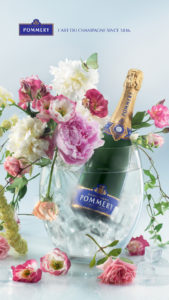 Madame Pommery described her champagne in two words;
Madame Pommery described her champagne in two words; people who like champagne and other bubbles, written by people who have a love of all things sparkling! At The Bubbles Review, we like to debunk some myths, make the art of drinking champagne accessible, explore bubbly regions and champagne bars, and provide events for you to join us and indulge.
people who like champagne and other bubbles, written by people who have a love of all things sparkling! At The Bubbles Review, we like to debunk some myths, make the art of drinking champagne accessible, explore bubbly regions and champagne bars, and provide events for you to join us and indulge.